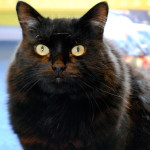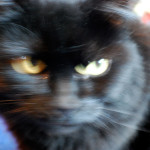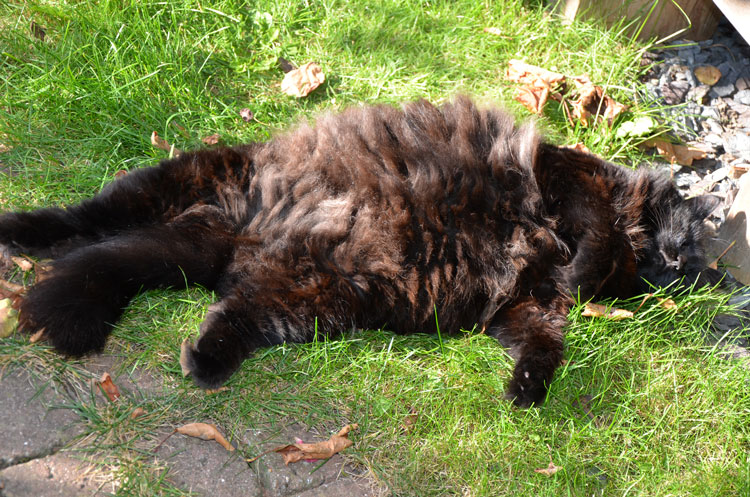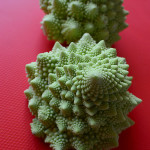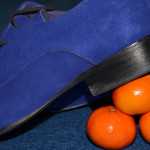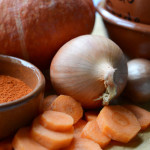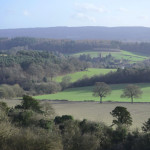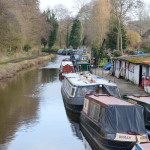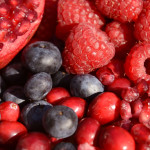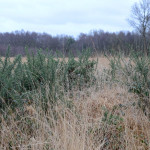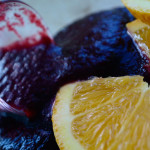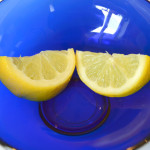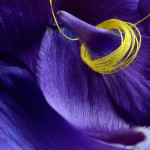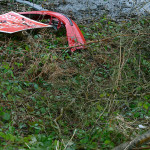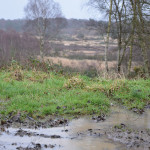Serious business
It is evident that the BSL group has become more confident over the weeks. We sit in an almost silent room, hands moving, eyes watching attentively. Conversations are beginning to build, handshapes are clearer and there is no doubt that vocabularies have expanded. That not to say we don’t all have our moments of frustration over a forgotten sign or one that is as yet unknown.
At one point during today’s session we played a guessing game. We had learnt a range of country names last week and this was a fun way to remember. Our tutor signed or fingerspelt a food or national dish and we had to guess both the food and the relevant country and then sign back the country name. It was delightful in its innocence and simplicity. As I looked around the room everyone appeared completely entranced, we had been set a challenge and we were not going to found wanting!
Much laughter and scratching of heads later and all the countries were covered. I think we made a pretty good showing although that’s not say our recollection was perfect. I have been pondering since what it was that worked so well for me, and a number of things have come to mind.
- There were no harmful consequences to getting it wrong and as such there was nothing to be lost by giving it a go
- It was undoubtedly helping us to both practice signing and remember some specific signs
- It was fun – more of a quiz than a test
We were enjoying ourselves and this was helping us learn, now it is true that I still may not remember all the signs, but I will certainly recall this as an activity that helped me relax and enjoy the process of learning. There was also something in it that felt a bit irreverent, as adults learning something new it was perhaps not seemly to be enjoying ourselves.
This sentiment is supported by others, like Armstrong, who have looked at fun and adult learning:
There is a lack of literature on the use of humour in adult learning or the process of making adult learning fun. Most certainly, learning and fun are assumed to go together as far as young children are concerned. But later education becomes a serious business. And, if anything, learning has become more serious over the past decade or so. In the UK, the mainstreaming of university adult education has reduced the amount of learning for its own sake, for enjoyment. A major concern within adult education is that students should not be attending classes to be entertained.
Yet many years ago the power of collective laughter was recognised as something valuable:
When a class and its teacher all laugh together … they become a unit … enjoying the shared experience. If that community can be prolonged or re-established, and applied to the job of thinking, the teacher will have succeeded. (Highet, 1951: 56-57)
